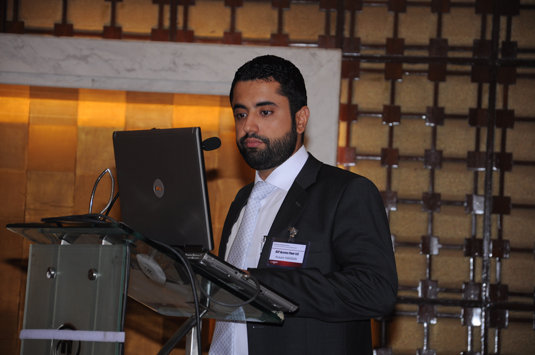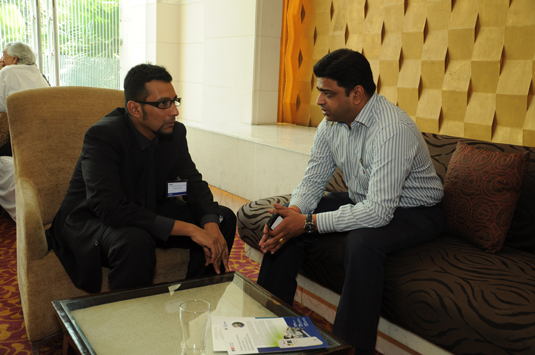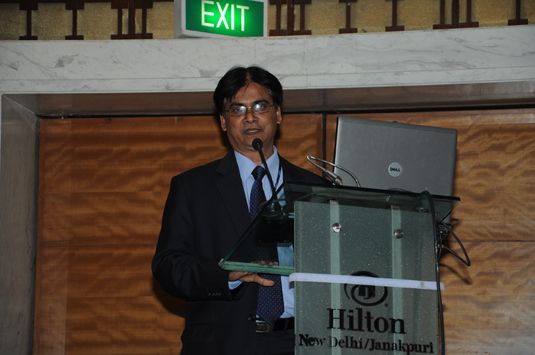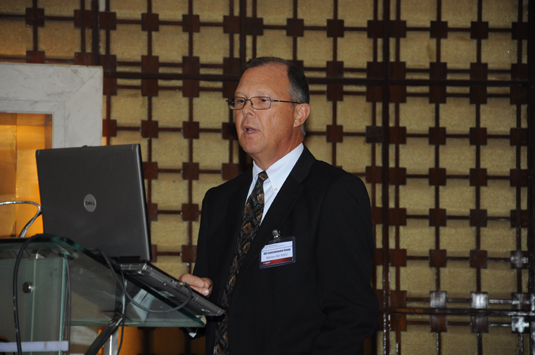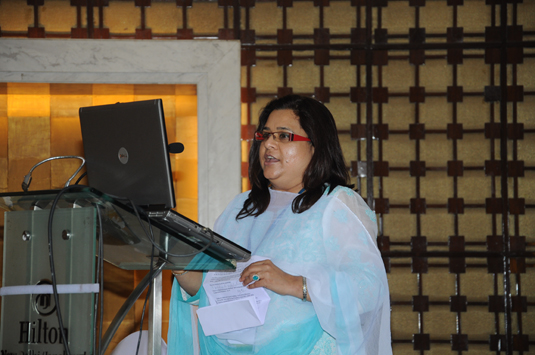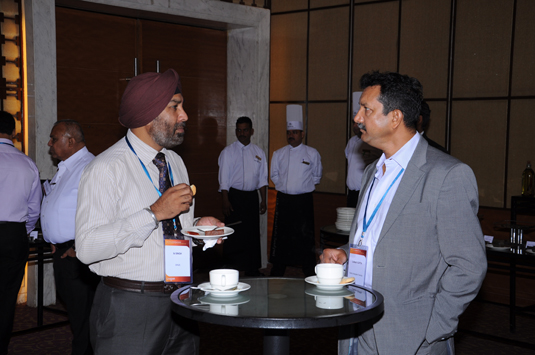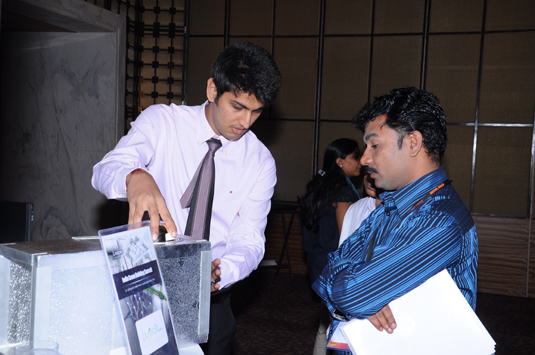India Green Building Summit
May 24th & 25th, 2012, New Delhi, India
India Green Building Summit24th & 25th of May, 2012, New Delhi India
Noppen’s India Green Building Summit took place on the 24th & 25th of May. This Summit featured the most prominent industry leaders and government officials from across the globe a platform to provide informative and inspiring discussions pertaining to India’s current needs and their ambitious future. The construction industry is one of the largest economic activities contributing to India's development and has been witnessing tremendous growth in the building and construction sector for the past 5 years. The stakeholders of the industry have a vital role to play in preserving the environment. The Indian Green Building Council (IGBC) was formed in the year 2001 to address many of these aspects. The Indian Green Building Council (IGBC) will facilitate development of 200 green buildings by 2012 adding to the 800 already existing. India aims to become the world leader in green building by 2015. So far, IGBC has certified 126 green buildings, and has 521.19 million sq ft of green building footprint.
Noppen would like to highlight some of the more influential speakers, at the India Green Building Summit such as Ms. Karuna Gopal who gave an interesting presentation on Towards Sustainable Urban Eco - System - Connecting the Dots. In order to create green building and hence green cities, it’s all about changing in lifestyle and every party from the government to the developers to individuals having to work hand in hand to make a difference in sustainable living.
Mr. Rajat Malhotra who presented on green building economics – a lifecycle cost perspective. He touched on topics such as typical design features of green buildings, benefits of a green building, myths versus reality, investment drivers & inhibitors, life cycle cost analysis and where do we go from here. A very significant point that he stressed was how fast sustainability is becoming a major influence on the way we build. The key drivers are the market demand, market strategy, code adherence, personal values and owner’s expectations.
Mr. Rajeev Ramprakash spoke on the strategies for designing green buildings and master planning. He said that the key factors that drive green building are technology, sustainable building education, policies, and consumer demand. The question is how can real estate foster the growth of green building? It’s by creating the market where developers have to focus on design, sourcing, execution and educating the customer.
Mr. Pradeep Kumar made a fascinating presentation on the business of green buildings in India, from the present and looking ahead. The first topic he touched upon is the energy saving potential aspect of green buildings. He said that there’s a huge potential of electricity saving in residential sector by using efficient appliances and efficient use of appliances. In terms of commercial building 20% savings can be achieved by incorporating Passive design features like optimum orientation, envelope shading, daylight integration, etc., 30% savings can be achieved by making the building ECBC compliant and 40% savings can be achieved by incorporating Passive design features and making the building ECBC compliant. He also spoke about the present status of green buildings, green building economics, government regulations, and market demand forecast for green materials and energy systems.
Ms. Roopali Shahaney spoke about Paharpur Business Center & Software Technology Incubator Park as a case study. As the first USGBC LEED Platinum certified retrofit office green building in India, she said they conserve energy, water and reduce waste with efficient HVAC system, rainwater harvesting, LED lamps & natural pipe lights, manage waste based on refuse, reduce, reuse & recycle, and water less urinals & sensor taps etc.
Mr. Ramesh Bhatia made an exciting presentation on energy efficiency in buildings and M&V applications. He stressed energy auditing in green buildings where owners are aware of areas where energy savings are possible, indication of energy savings against investment is available, and baseline consumption can be established. He also stated that Measurement & Verification (M&V) is simply proof of the effectiveness of energy management.
With open arms, India welcomed the international community to join this forum to discover new strategies and technologies that can assist in building the green infrastructure industry to accommodate the domestic and international market. Noppen would like to sincerely thank our sponsors, speakers, and media partners for contributing to the summit’s success


Search an event
By Date
Industry
- Architecture & Real Estate ( 105 )
- Automotive & Manufacturing ( 71 )
- Corporate Management ( 15 )
- Culture, Tourism & Entertainment ( 47 )
- Education ( 12 )
- Energy & Natural Resources ( 83 )
- Finance ( 33 )
- Food & Agriculture ( 13 )
- Healthcare & Life Science ( 78 )
- Information Technology ( 60 )
- Infrastructure & City Expansion ( 120 )
- Retail & Consuming Goods ( 40 )
- Sports & Hospitality ( 54 )
- Transportation & Logistics ( 104 )

